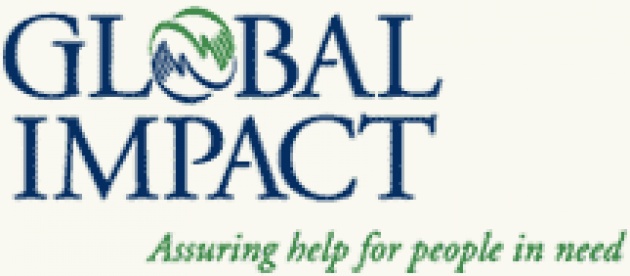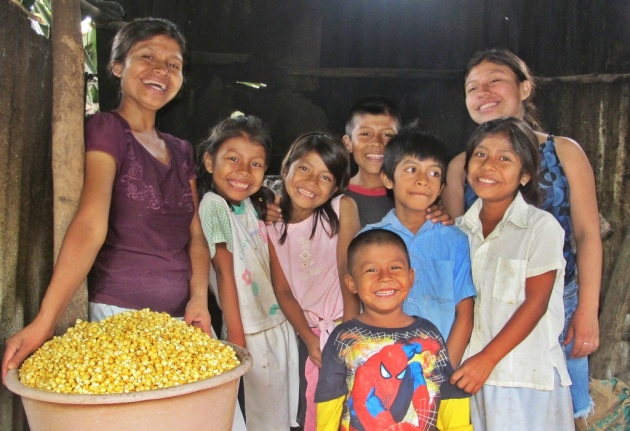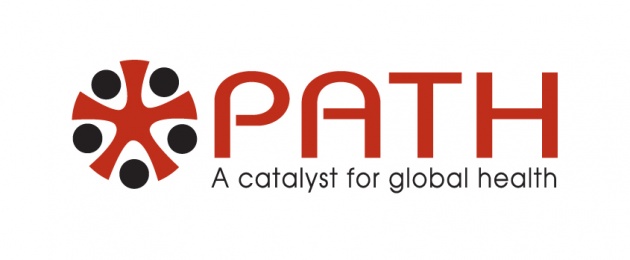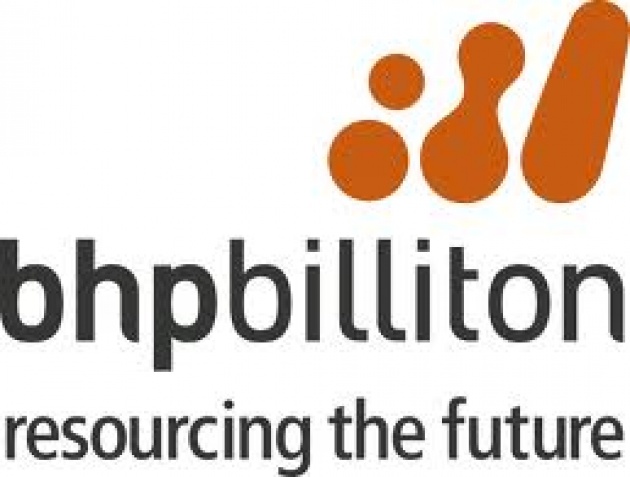
Mark A. Oliphant is the Chief Information and Operating Officer of Global Impact. Mr. Oliphant joined the organization in 2009 and holds direct responsibility for human resources, technology, and operations. Notably, Mr. Oliphant led the effort to increase donor participation and reduce expenses through electronic giving
In 2012, Mr. Oliphant was honored as a SmartCXO by SmartCEO magazine. The award recognizes executives "who support their organization’s initiatives by supplying fresh ideas, making tough decisions and building strong talent within their companies."
Mr. Oliphant’s technology initiatives led to the implementation of a technology platform for special giving campaigns, a customer relationship management solution and a data warehouse. These solutions doubled electronic contributions, increased overall revenue and participation, and reduced expenses and risks. Online giving was made easy through advanced data-mining and customer response efficiencies.
FA: How would you describe Global Impact’s charity work?
MO: Global Impact is a multi-line organization focused on advancing human welfare and quality of life throughout the world. We partner with some of the most respected and effective philanthropic organizations to promote awareness of compelling international issues and efficiently raise money through a variety of innovative fundraising mechanisms. Global Impact does not provide services directly to those in need; rather, we provide an important fundraising and marketing channel for those organizations that do. In that position, Global Impact advances international philanthropy more broadly by leveraging our alliances.

FA: What is Global Impact’s greatest strength?
MO: Global Impact is in a unique position. On the one hand, we have strong, long-standing relationships with the most respected U.S.-based international charities and therefore a window into the most pressing international issues. We also have strong ties to the corporate community through our traditional workplace giving business and emerging partner solutions business. Additionally, we have strategic alliances with leading organizations dedicated to advancing international causes. Our greatest strength is our unique position that bridges these important constituencies in an area of growing interest: global development.
FA: What motivated you to work at Global Impact? What about your personal background, interests and experience helps you advance the mission of Global Impact?
MO: Global Impact is the third major segment in my professional career. Prior to Global Impact, I worked in the areas of aerospace and housing finance. Just like at Global Impact, these earlier career experiences brought a strong sense of mission to my work. They also were rich in innovation and heavily focused on marketing and technology. Particularly with my role in E-Business at Fannie Mae, I have strong experience starting a new business and partnering with other organizations to create eco-systems to advance a cause. These areas are critical for Global Impact to advance its mission, and my background has a nice alignment.
Throughout my life, I have been most fulfilled through helping others. I experience the greatest satisfaction when I can help others achieve their goals – whether through volunteering, fundraising, motivating an employee to reach his or her potential, or simply writing a letter of recommendation for a young person for a college application. That’s what motivated me to join Global Impact – the strong sense of mission, and the satisfaction I receive from knowing that my efforts are helping others.
FA: Among the many humanitarian, disaster relief, international development and social investment issues that Global Impact supports, which is most personally compelling to you? Why?
MO: From an issue perspective, I find efforts directed towards children’s causes to be most compelling. It may be children at risk of violence or through erosion of the family unit, lack of educational opportunities, lack of adequate healthcare, or youth employment issues. Those rise to the top of my list because children are so important for our future world. Global Impact and its partners address all of these issues.
FA: What role do you think U.S. corporations and the private sector can play in the developing world? How can business and philanthropy mutually create an environment of corporate social responsibility and ‘Sustainable Philanthropy’ that benefits everyone?
MO: Perceptions exist that U.S. corporations exploit the developing world (and those realities may exist, too). Corporations need to partner with others in the private-sector, and with non-profit organizations, to ensure social responsibilities are understood and addressed in conjunction with major business initiatives. Regardless of worldwide location. It’s just the right thing to do on multiple levels. For corporations without direct presence in the developing world, opportunities such as disaster relief may be appropriate causes with which to engage. When a disaster hits, corporations can provide a vehicle for promoting awareness among its employees and an opportunity to give. There may be other international causes that have alignment with a company’s mission, and so it helps the corporation when these causes are highlighted and promoted across its workforce and the public – it shows that the company has a well-rounded view of the world and therefore makes it more attractive to other potential business partners and customers. The private sector can provide strategic counsel, program design and execution in the areas of its expertise. These efforts are already underway in many companies and collectively help create an overall environment of corporate social responsibility.

El Salvador client María Trinidad Rodríguez Pillam, who make and sells tortillas to feed her family, is shown at home with her children in the township of Sonsonate in El Salvador. PHOTO CREDIT: FINCA/El Salvador
Additionally, businesses can use their expertise of developing productive systems and cost-effective solutions to pass on to entrepreneurs in the developing world. Finding ways to harness corporations’ knowledge through experience and transfer it to organizations helping those in need can be very powerful.
FA: How can charity and corporate workplace giving campaigns benefit a corporation’s employees and improve the bottom line for shareholders?
MO: This is a tough question to answer. Actions by corporations are frequently met with skepticism and criticism regardless of how well-intended. However, cutting through the noise, there is a bright spot. Employees are increasingly interested in social responsibility and equilibrium with economic development. The recent trend of corporate “strategic philanthropy” focuses corporate efforts toward social areas that align with a company’s business operations and objectives. Coupled with traditional workplace giving, corporate social responsibility (CSR) programs engage employees and enhance their connection to their employer Corporations’ CSR efforts also help them attract and retain the best talent, creating a win-win for both employees and employer.
FA: What is your favorite success story of a Global-Impact program supported by the private sector?
MO: My favorite example of a successful partnership with the private-sector is the Window of Opportunity project by PATH, a Global Impact charity partner. With a $25million, five-year grant from BHP Billiton, PATH established a program designed to improve the health and development of young children in Mozambique and South Africa. The goal of the project is to reduce infant and child mortality through improved critical services that directly reach 750,000 people in the target areas.

Through the launch of Window of Opportunity in South Africa and Mozambique, PATH is in its 2nd year and is providing critical health and development services for pregnant women and children with a goal to reach 750,000 by program end.

This initiative is of particular interest to me because I had the opportunity to attend a detailed program review in South Africa and visit the community-based organizations that have begun to deliver these critical services. Two years in, it proves to be an outstanding example of public- and private-sector partnerships demonstrated by BHP and PATH, and by additional partners that have been engaged in the program: the local government departments of health and the private community-based organizations involved in service delivery. While program delivery is just getting started, the key infrastructure is now in place and established with an eye toward sustainability even after the five-year program concludes. Despite start-up challenges and the vast differences of the groups coming together for this project, I have been extremely impressed with PATH’s ability to bring unity among the partnerships, ensuring success for the project and most importantly, bettering the health of young children in Africa.



